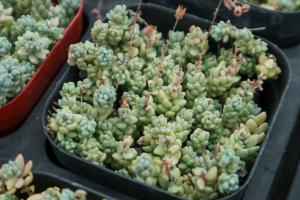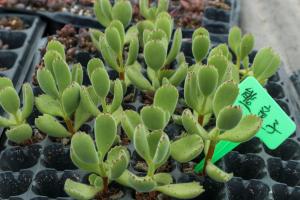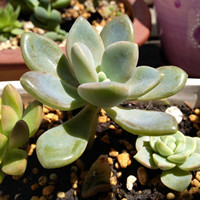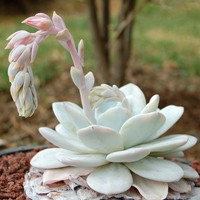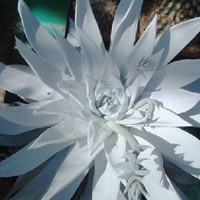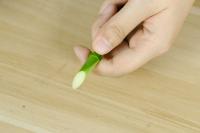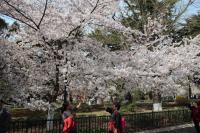Crab claw (Fairy finger) pruning and cutting after flowering

Post flower pruning
1. After flowering, the immortal refers to (crab claw orchid), counting from the root, leaving 7-8 leaves, and cutting off all the rest. When cutting, cut at the place where the leaves intersect, not in the middle of the leaves. Only in this way can the cut crab claw keep up with nutrition, bloom neatly and do not affect the plant shape
Before pruning
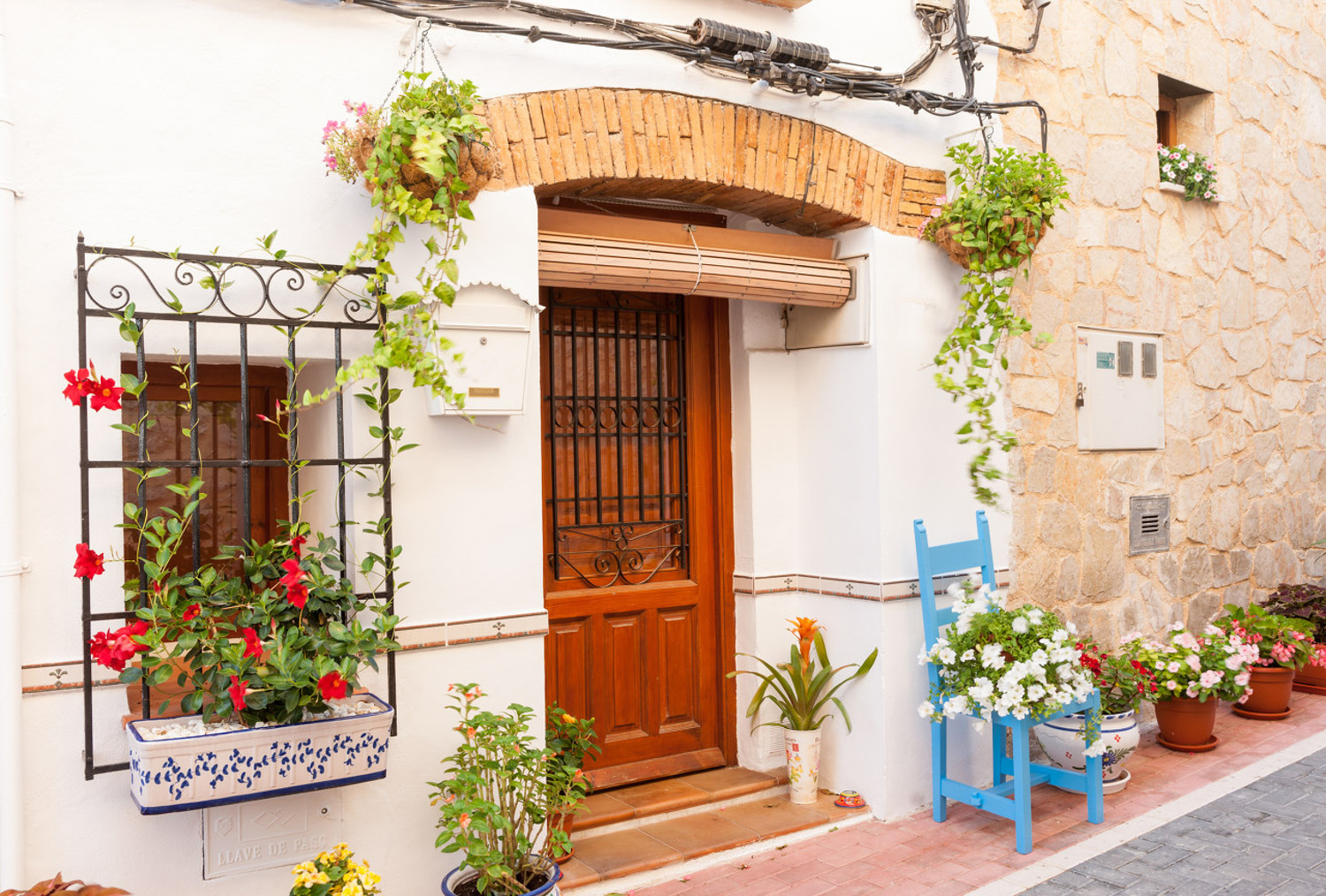
(author: Xidi agriculture} source: crab claw bar)
After pruning
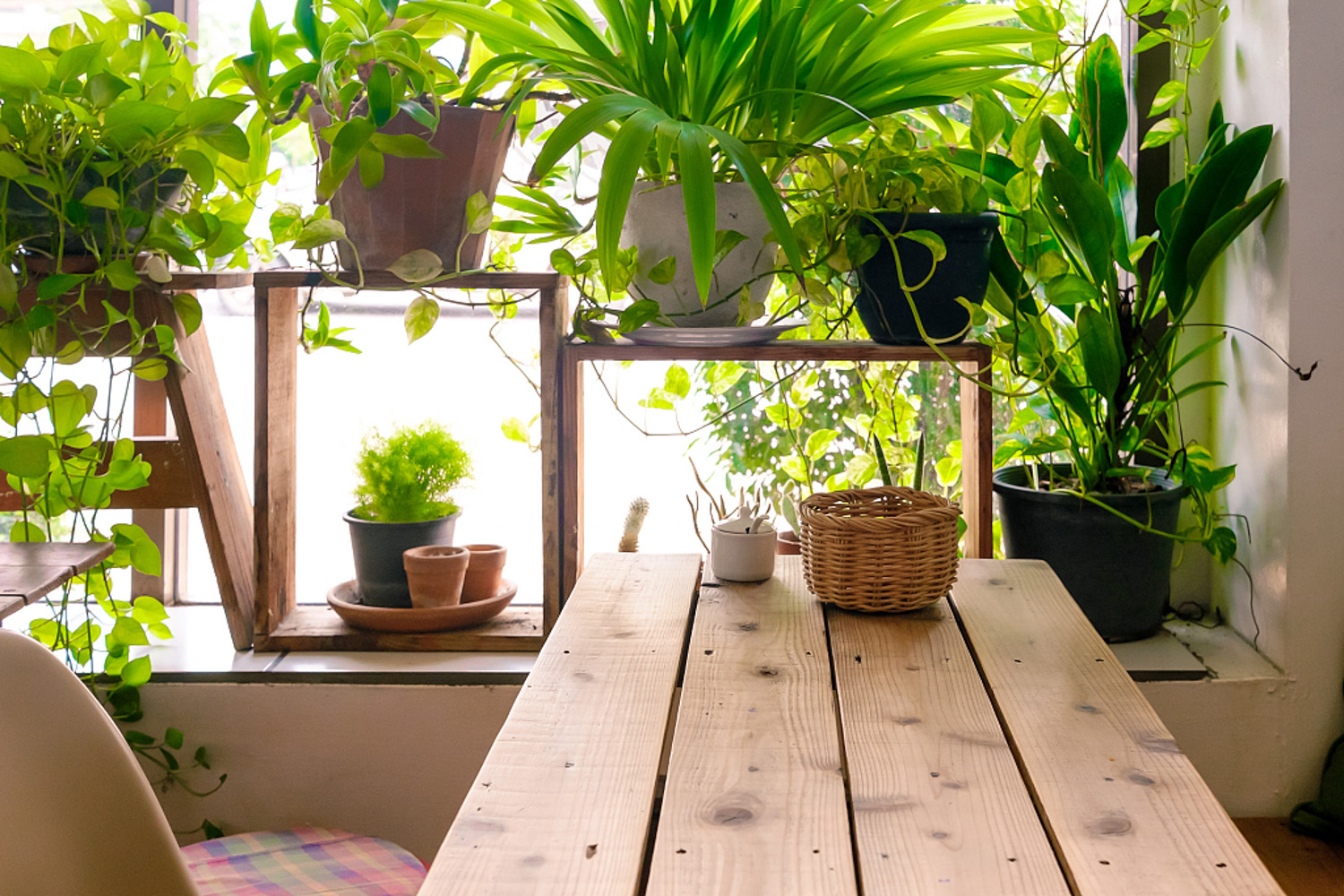
(author: Xidi agriculture} source: crab claw bar)
2. Cut off too dense branches to ensure ventilation and avoid rotten stems and roots due to too dense and poor ventilation

(author: Chunmei lover source: crab claw orchid bar)
3. After a period of time, the node of fairy finger (crab claw) will produce 4-5 buds. At this time, we need to cut off 2-3 buds and leave only 1-2 branches

Post flowering branch cutting
1. Cut 2-3 branches and dry them for a few days, or apply some rooting powder

(author: cold winter source: moshang flower)
2. Mix the river sand and rotten leaf soil in the proportion of 2:8
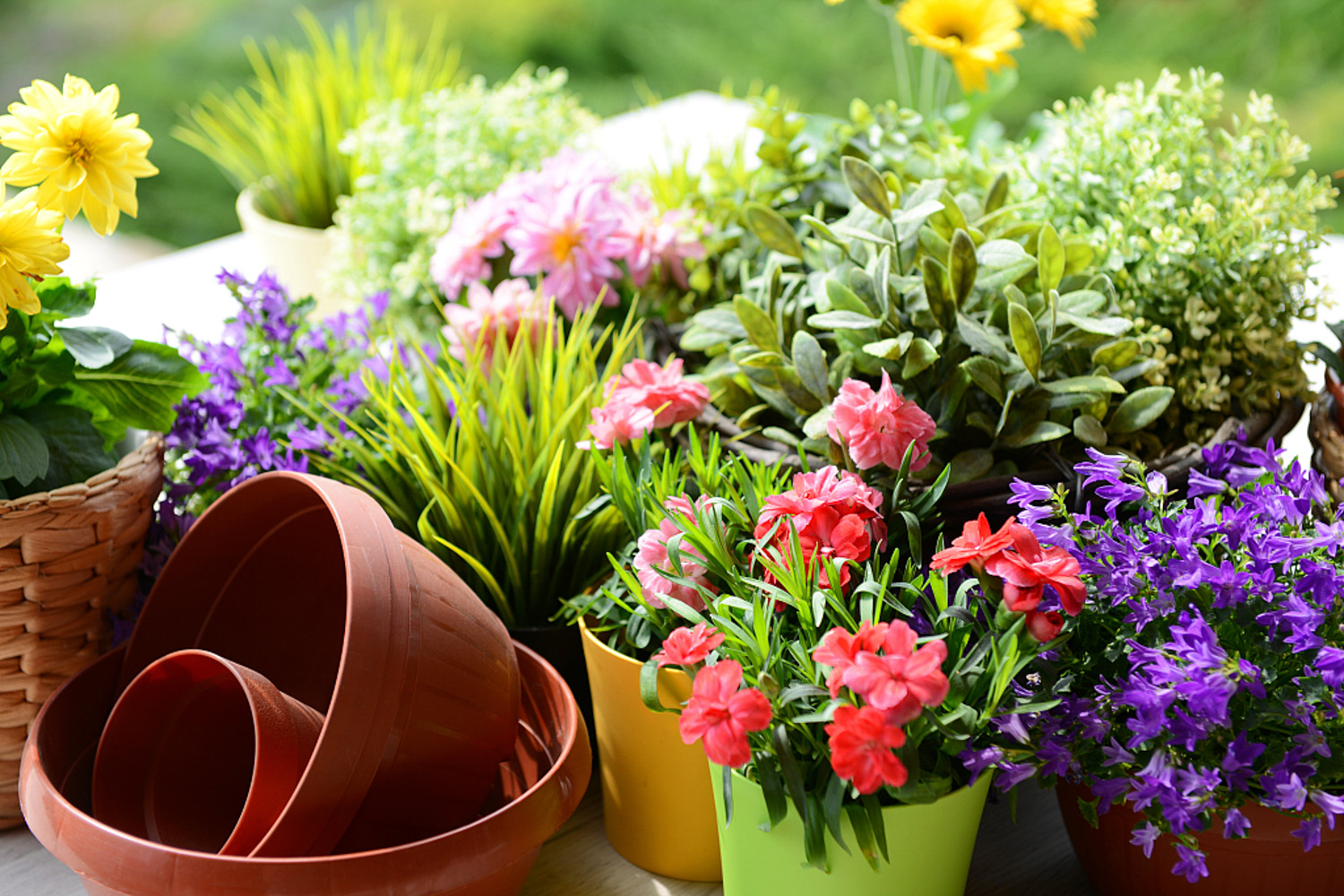
3. Insert the branches into the soil, 2-3cm, put them in a cool place, spray water every day to moisturize, and they will take root in about 10 days
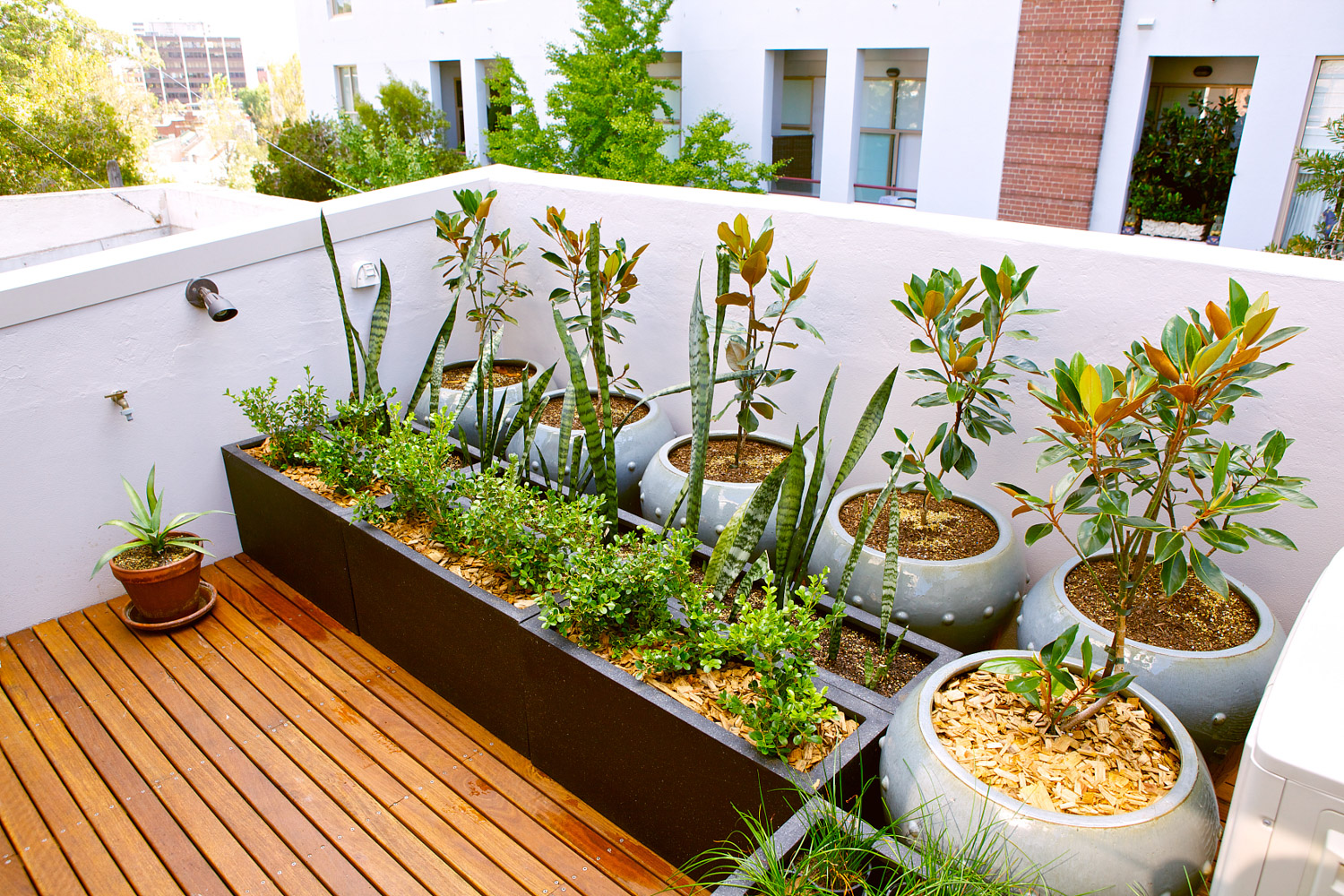
(author: cold winter source: moshang flower)
Post pruning and cutting of Rhododendron
Post flower pruning
1. Trim the flower and receptacle. The receptacle is a flower. The stem of the flower is held under it. You don't have to cut too much
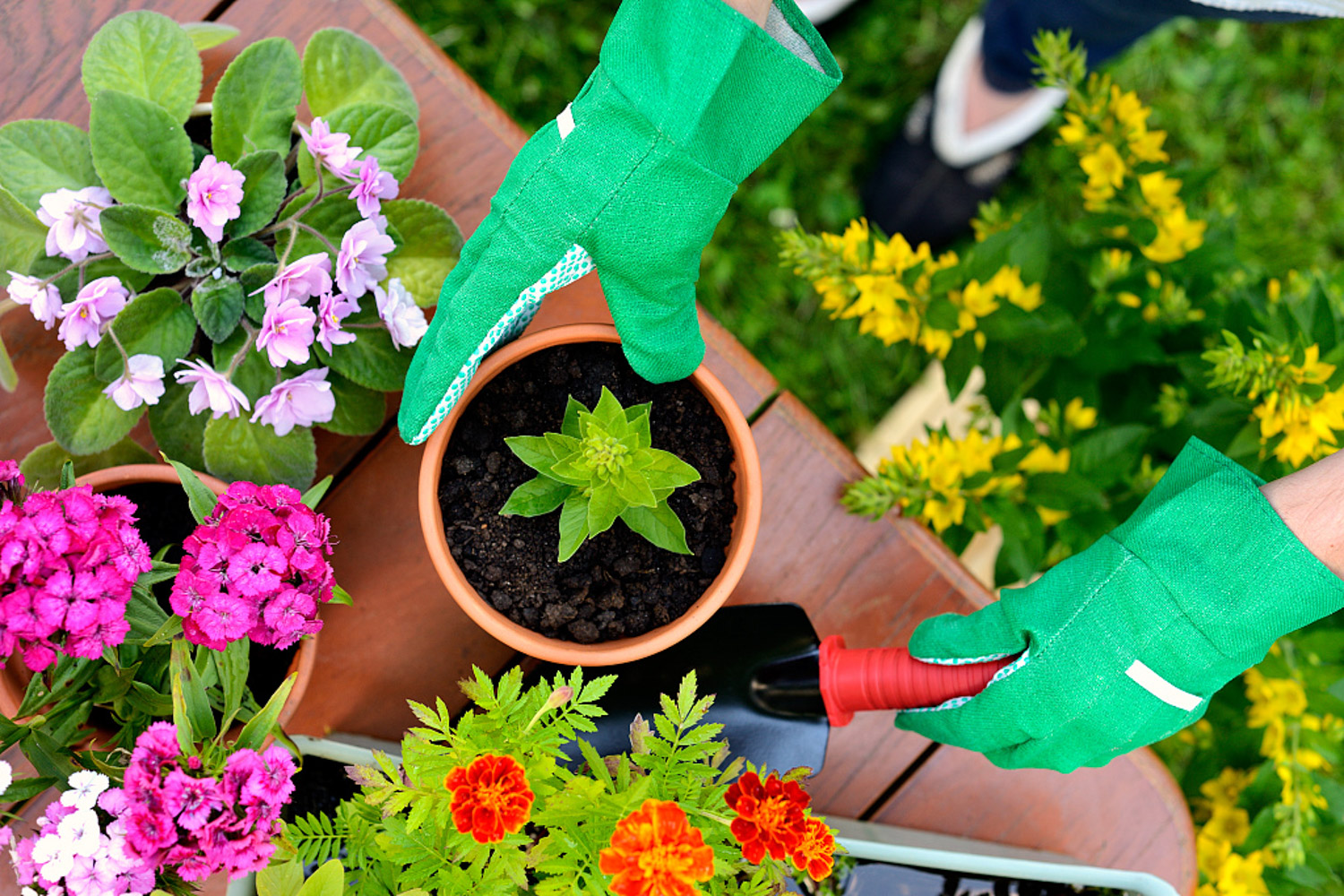
2. Cut off all over dense branches and Cross branches that hinder the growth, so as to maintain the shape and strengthen the ventilation and lighting conditions. Cut off all dead branches, diseased branches, overlapping branches and Cross branches

3. Pruned branches will sprout new branches. When the new branches (except the main branches) grow to 5-6cm, pick the heart and promote branches. Generally, a branch can grow 2-4 branches, leaving 2 on the line. Then continue to pick your heart
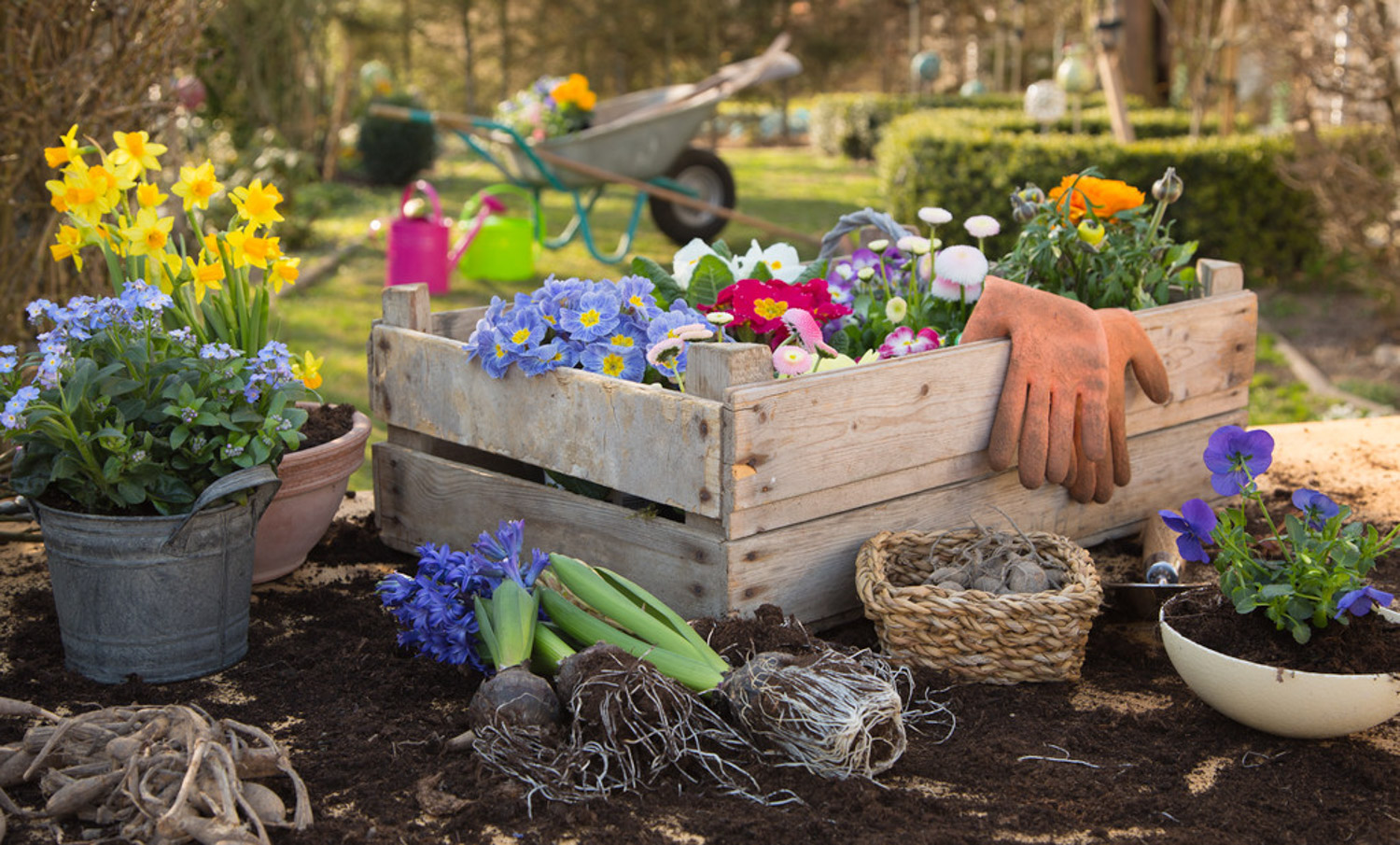
4. Cut off the bare branches and excessively high branches that are higher than the tree crown and are not conducive to modeling. For example, the Rhododendron in your house is in the shape of mushroom head. After flowering, we can trim the whole plant into a semicircle
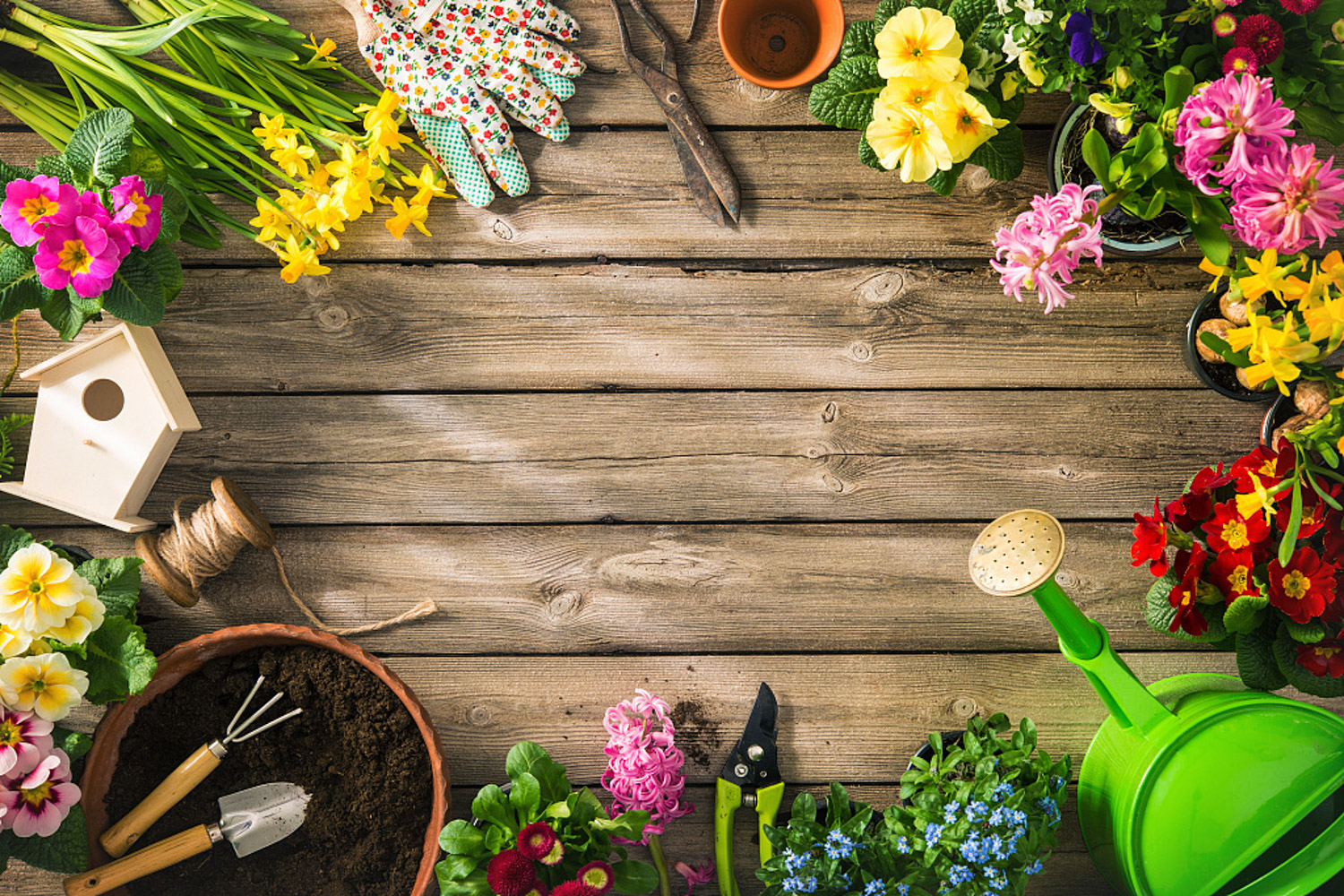
5. If you want to make the Rhododendron into a cliff style, you need not only pruning, but also climbing and binding, which needs to be honed for a long time

6. Cut off the sprouting buds at the base of the plant in time, otherwise it will compete for nutrients with the trunk and disturb the plant shape. Note: roots and branches cannot be trimmed at the same time. Weak branches and sick branches should not be cut

Post flowering branch cutting
1. Cuckoo cutting is most suitable from April to May and from August to September, with the highest survival rate, so the cut branches are most suitable for cutting

(author: Wilderness Qiusheng source: azalea bar)
2. Prepare the soil for cutting, mix it according to peat soil: Pastoral soil: coconut bran = 4:3:3, and spray the soil with a watering can in advance
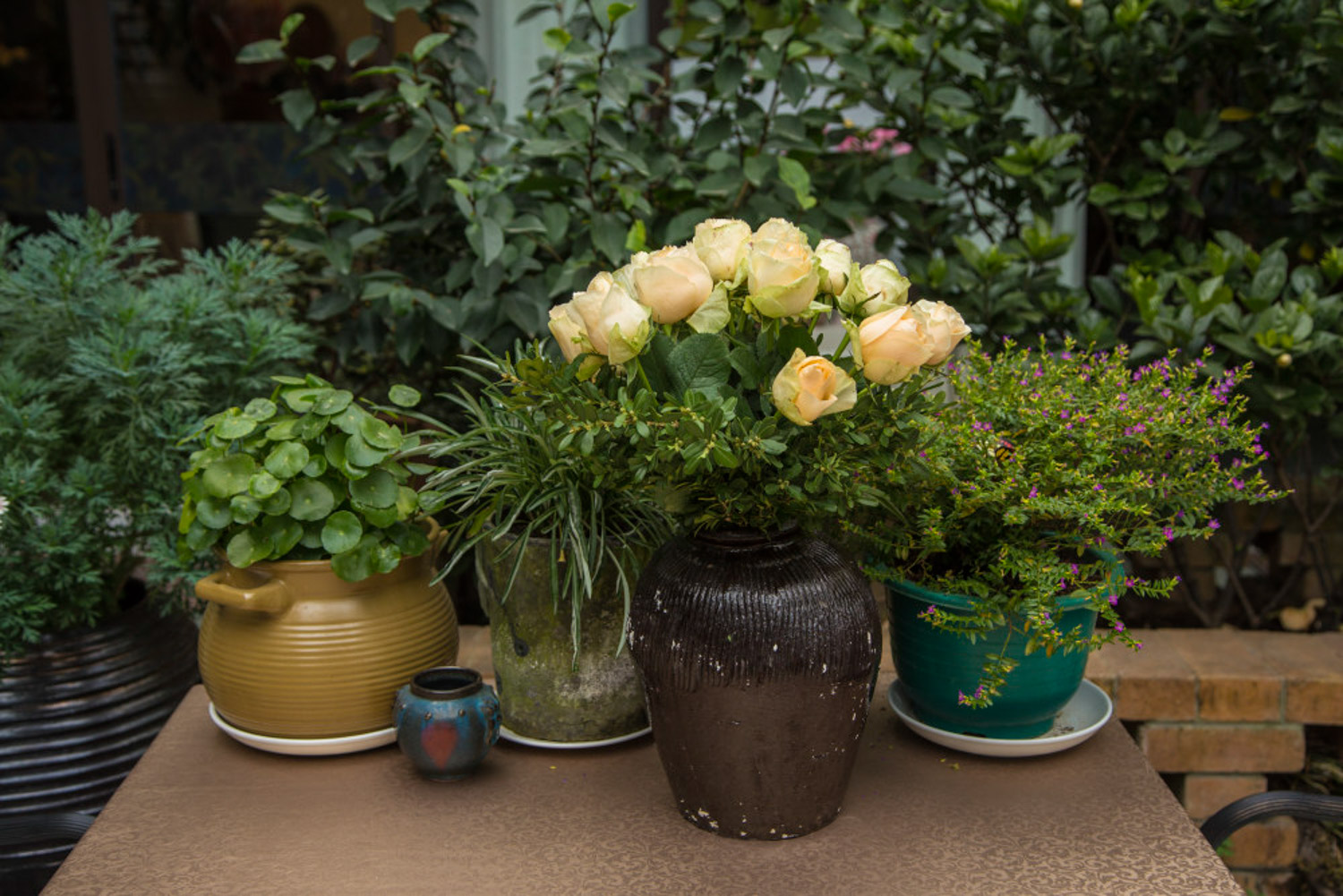
3. Cut off a number of Rhododendron branches and trim each section to about 8 cm. Cut off the lower leaves and half the upper leaves to reduce evaporation. Soak the trimmed branches in rooting powder solution for about 5 minutes and dry them

(author: Liu Tiezhi, source: Yuhua Valley)
4. Put the soil into the seedling box, insert a hole in the middle of each seedling box with a thin wooden stick, and insert the Rhododendron branches

5. Cover the seedling box or cover it with a film and put it in a place with astigmatism and ventilation

6. At noon every day, the cover should be ventilated. When the soil surface is dry, spray water appropriately to moisturize it. After a few weeks, the branches will take root

(author: stubborn radish Lu Qi) source: Flower bar)
Post pruning and cutting of Geranium
Post flower pruning
1. Cut off the flower branches of the geranium after flowering to avoid consuming nutrients

2. Cut off the branches that are too long, too dense and messy, especially the branches that have bloomed. Generally, they are relatively long and should be properly shortened. The shortened branches will germinate new branches and breed new flower buds

3. After truncating the branches, new buds will sprout in about a week. When the new buds grow to 5-6cm, pick the heart to promote branches, leaving only 2-3 leaves. There will be more lateral branches. Of course, this is for varieties with poor branching, and geraniums with good branching can also not be picked

(author: Yan Huihui, 2011; source: stepping on flowers)
4. Geranium is dormant in summer and relatively weak. In autumn, some sunburned, stunted and poorly positioned branches can be cut off, but for plants in poor condition, they can be re cut to help them recover their growth

5. The cutting position can be 5-8 cm above the basin soil. The cutting mouth should not be too far from the bud point, just a little above. Leave a few leaves for photosynthesis. The tools must be sharp, the cutting mouth should be neat, the wound should be sprinkled with carbendazim dry powder for sterilization, and do not touch water in a short time to prevent infection

(author: Yan Huihui, 2011; source: stepping on flowers)
Post flowering branch cutting
1. Find some disposable plastic bottles and cups and poke holes in the bottom with sharp things
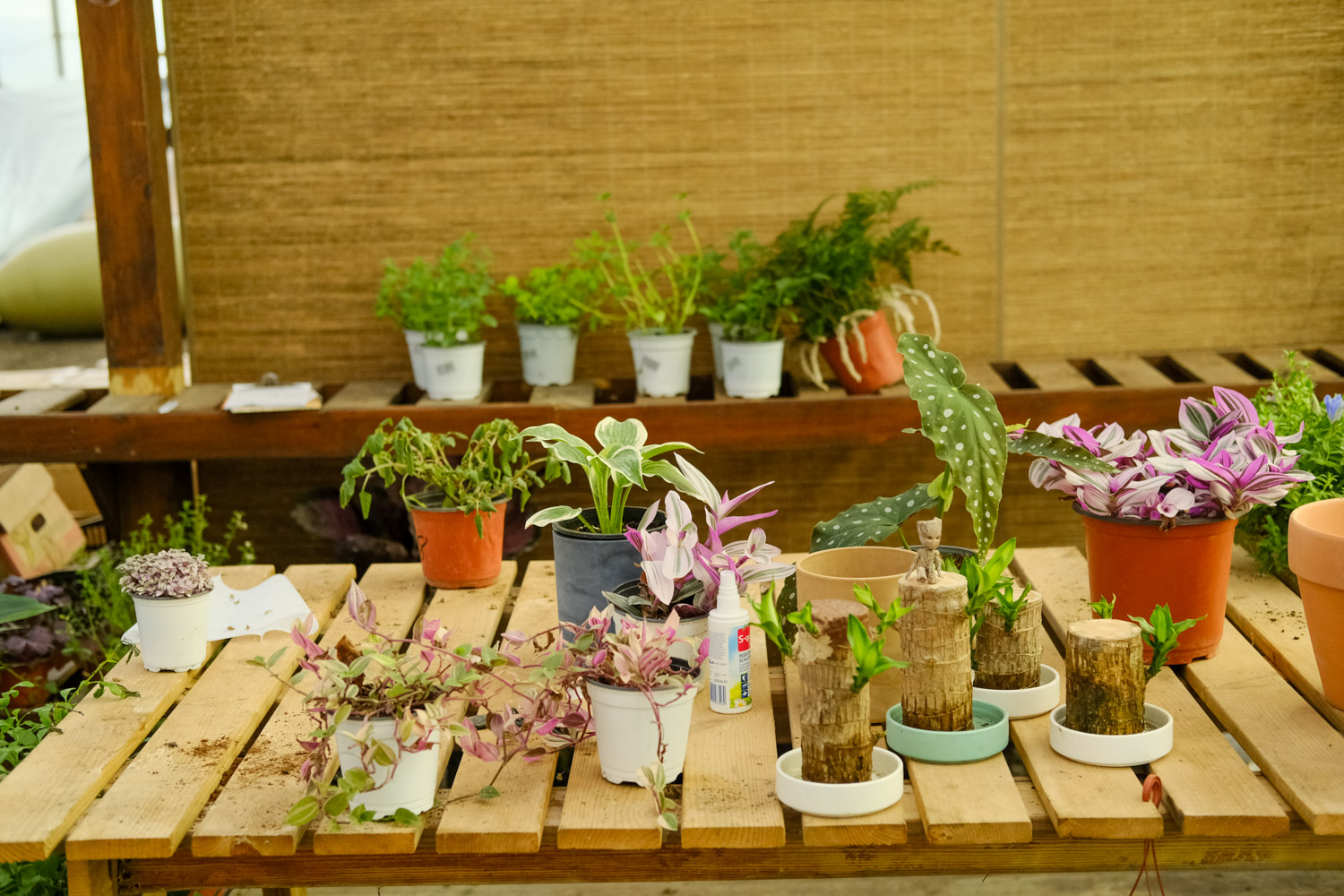
2. Don't throw away the cut Geranium branches. Cut them into small sections of about 9-15cm, leave 1-2 leaves in each section, and put them in a place with astigmatism and ventilation for one day

3. Prepare clean river sand and put it into a plastic cup. Soak the sand in advance, and then insert the branches into the sand

4. After inserting, put it in a place with astigmatism and ventilation, and spray water every day to keep the sand slightly wet

5. After about 10-15 days, the geranium produces roots and shoots, which proves that the branches have survived. After survival, it can be transplanted into the flower pot

Pruning and cutting after flowering of Rieger Begonia
Post flower pruning
1. After flowering, cut off the flower branches. It's best to use a wallpaper knife when cutting. Before cutting, bake the blade with a lighter and disinfect it

2. Rieger Begonia is particularly prone to black rot, so after cutting, you must sprinkle a layer of carbendazim dry powder on it. Don't spray water in the short term, otherwise it is easy to infect and rot

3. Check whether there are rotten branches, dense branches and branches with diseases and insect pests in Rieger Begonia, and cut them off in time to avoid infecting other branches and causing the death of the whole plant

Post flowering branch cutting
1. When cutting Rieger Begonia, you must use healthy branches. If you find that the branches are blackened, you should cut them off. The knife edge is chamfered at 45 degrees

2. The cut branches shall be dried in a place with astigmatism and ventilation for about 4-5 hours

3. Put the dried Rieger Begonia in clean soil and water it once. Cover it with a bag to moisturize, and it will survive in about 1-2 weeks


 how many times do yo...
how many times do yo... how many planted tre...
how many planted tre...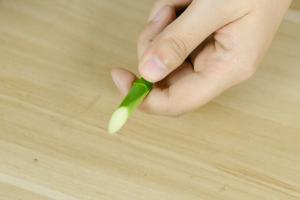 how many pine trees ...
how many pine trees ... how many pecan trees...
how many pecan trees... how many plants comp...
how many plants comp... how many plants can ...
how many plants can ... how many plants and ...
how many plants and ... how many pepper plan...
how many pepper plan...